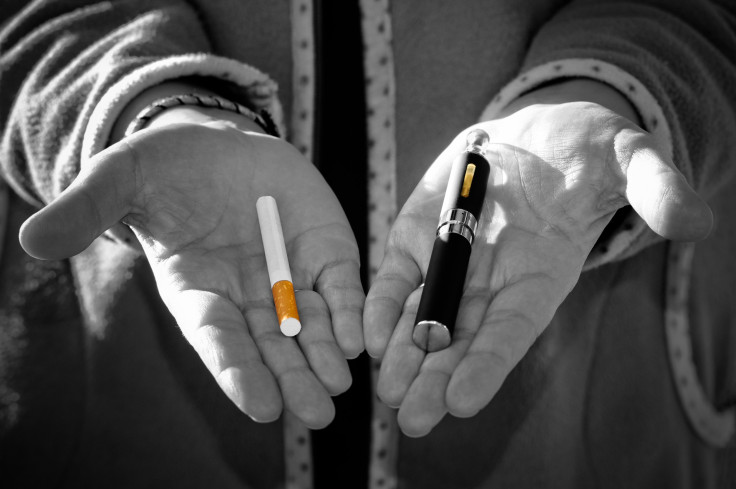UN Health Agency Says E-Cigs Must Be Regulated Because They're No Different From Normal Cigarettes

Electronic cigarettes, better known as e-cigs, have rapidly grown to be a substance in the spotlight as teens and adults claiming to quit smoking seek its smokeless puff. It is a largely unregulated industry that’s turned into a $3 billion global market with more than 400 brands and a wide variety of e-liquid flavors. The United Nations health agency announced on Tuesday that it needs to intervene, and regulation along with a ban from indoor use must be implemented until experts have conducted more research on its health risks and possible benefits.
The World Health Organization (WHO) has joined in the efforts to control the industry by releasing a report to its 194-member nations that calls for a ban on sale to minors and possibly a ban or limit on any advertising, promotion, or sponsorship for e-cigs. Currently, the competition between the different types of e-cigs has become cut throat, especially with the traditional cigarette and has caused tobacco companies to aggressively advertise and steal back their market share. The report, along with suggestions on how the world will handle the e-cig evolution, will be discussed at a WHO conference scheduled for October in Moscow, Russia.
According to the report, "[Regulation] is a necessary precondition for establishing a scientific basis on which to judge the effects of their use, and for ensuring that adequate research is conducted and the public health is protected and people made aware of the potential risks and benefits." The e-cigs have been around since 2007 and were created with the intent of giving addicts a less harmful option; however, studies have shown the smoke drives deeper into the lungs than regular cigarettes.
Just Monday, the American Heart Association requested for there to be more regulation and research, especially to remove e-cigs out of the hands of teenagers who see it as a less risky but cool and flavorful way to smoke. In order to prevent another generation of young people from becoming nicotine addicts, there needs to be a level of regulation that mimics traditional cigarettes because they’re being used just the same. E-cig sellers will say their product is a useful and less harmful way for those addicted to nicotine to ease out of the habit and quit, but this means to an end may be more harmful than switching to quitting tools such as nicotine patches and gum. No one will know which is truly worse, but this Machiavellian approach does not justify the increase of teen e-cig users who wouldn’t have picked up a nicotine product in the first place had they not be enticed by the cherry flavors and odorless electronic smoking device.
The Food and Drug Administration has been warning the American public about the unknowns associated with e-cigarettes and the potential risks of inhalation, and studies have shown inhaling e-cigs has the same effect as a traditional cigarette. The FDA has proposed a rule that would extend the definition of a tobacco product in order to cover regulation on the electronic cigarette.



























